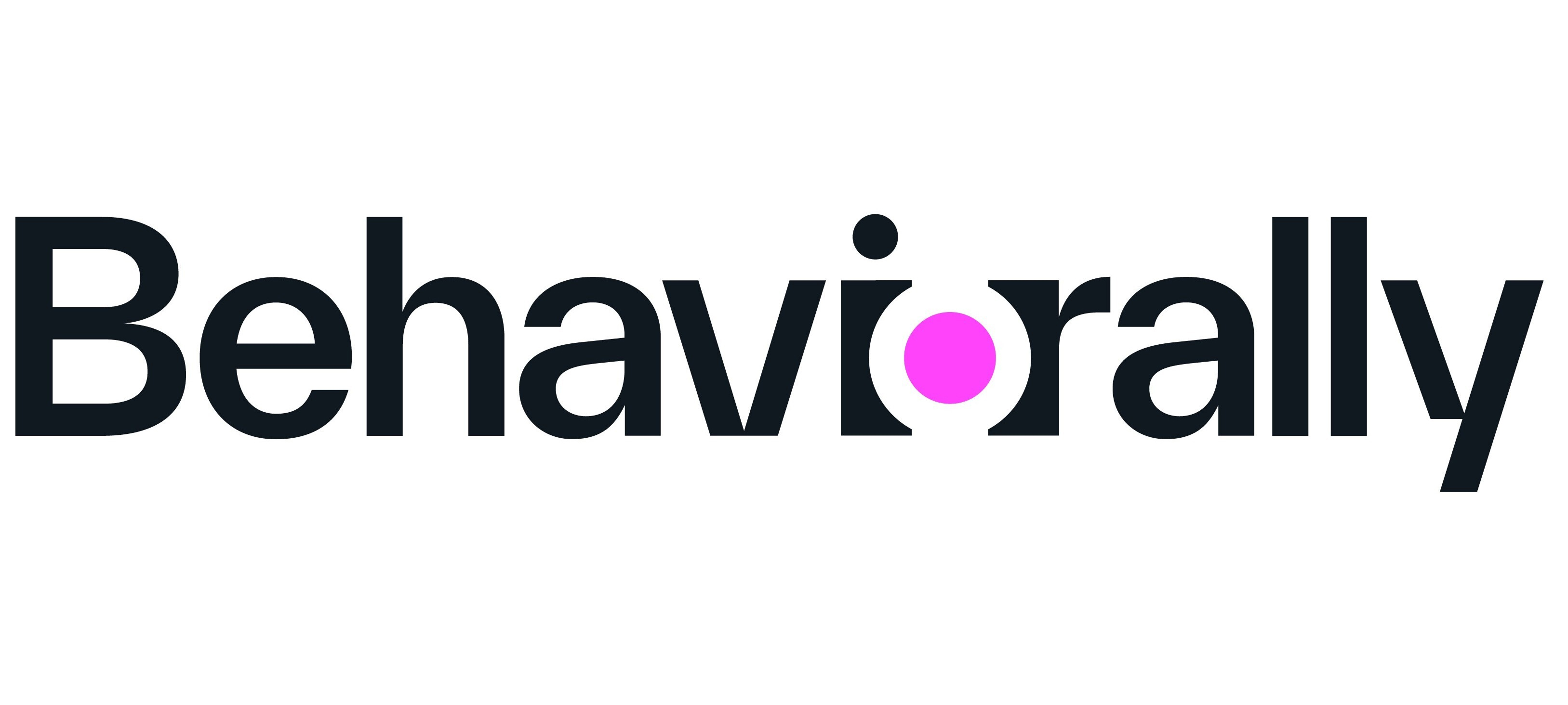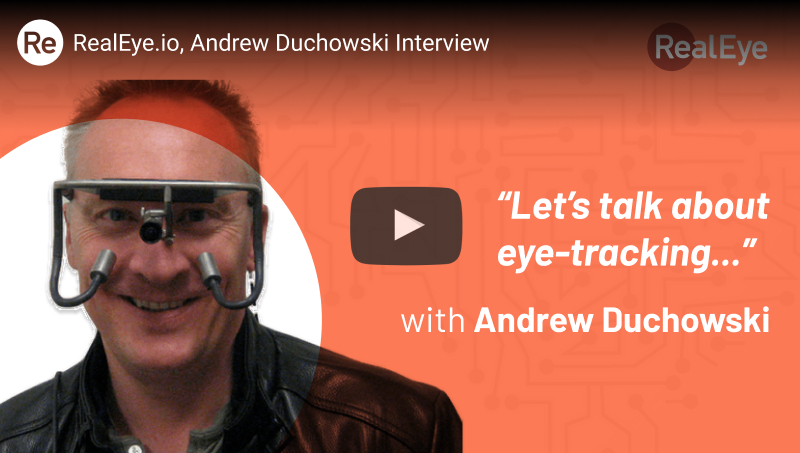Eye-tracking study - offline vs. online
Imagine that you have to conduct a quantitative (N=80) eye-tracking experiment containing 20 stimuli with additional questionnaires presented after the test. There are two ways to achieve it:
The offline way
You're probably familiar with a Tobii, GP3, or any other hardware eye-tracker, so you know what to do: go to your laboratory (assuming there's no lockdown at the moment), set up the study, and invite the participants. Here's the tricky part: before getting to the actual data, you have to spend hours collecting the data, asking the participants to visit you offline, and repeating the same routine for all of them. After some time (let's suppose you can handle 8-10 participants/day, so after two weeks) - you have the beautiful sets of data to work with, and the exciting part, the analysis, can finally begin.
The online/remote way
You set up the study in a web-browser. Use RealEye or one of many online panels to invite participants by sharing the study link. The very next day, you have the beautiful sets of data to work with, and the exciting part, the analysis, can begin.
What's different? What's the same?
You can expect lots of similarities using an online approach: the metrics from an online study are very much the same for the hardware option. In RealEye, you get:
- heatmaps (gaze- and fixation-based), per participant and, aggregated,
- clicks and mouse movements,
- AOI tool with all the standard eye-tracking metrics (Dwell, Fixations, TTFF, Total Time, Ratio, and more)
- participants' gaze recordings,
- CSV files with raw data or calculated metrics,
- answers from additional questions,
- results' quality statistic and data quality grades,
There are also several differences:
- offline laboratory
- hardware devices
- software license for data analysis
- ability to invite participants to the lab
- software license
- online panel, can be a RealEye panel (read more)
Experiment duration factors
- inviting and interviewing participants offline
- collect results from dozens participants at the same time
- collaboration using an on-line dashboard
- "letter-size" accuracy
- 60-240Hz
depends on chosen devices and the number of them, usually a couple of thousands USD
Helping you take the Leap of Faith
Over the past years, we've seen lots of different use-cases of using our tool. Many times, companies had to take a "Leap of Faith" before trying RealEye. We'll be happy to talk in person and answer your biggest concerns. Quoting some of our customers:
"RealEye has very friendly user system that helps us to generate the studies very quickly."
- Ari K. Demircioğlu, think neuro
"Their customer support helped us from set up to analysis and was very responsive at every step. Thank you!"
- Director of Research, U.S., Decision Insights
Want to know more? Contact us!





















